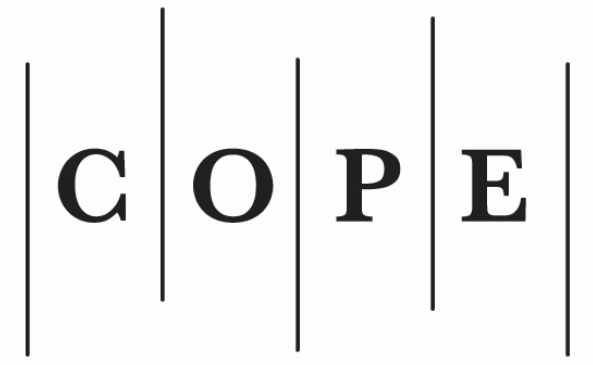New EU Standards of Consumer Protection? New Directive on Consumer Rights 2011/83/EU
##plugins.themes.bootstrap3.article.main##
Abstract
In recent years consumer law has come more and more into the focus of legislation within the EU. One of the EU’s key objectives, completing the final stage of the internal market, is to place consumer rights in the centre of it. Following the adaption of various consumer law measures for some decades, the EU has undertaken a thorough review of its consumer acquis. After years of consultations, the Consumer Rights Directive 2011/83/ EU, which was supposed to set new standards of consumer protection, came into force and will have to be implemented by the Member States by 13 December, 2013.
Renouncing its principal practice of minimum harmonisation in the area of consumer law, i.e. allowing Member States on the basis of Directives to adopt more protective rules, the EU legislator now turned to a targeted full harmonisation approach by means of the Consumer Rights Directive, aiming at increasing the consumer protection across the EU by bringing together the currently distinct laws for distance selling and off-premises contracts as well as other types of consumer contracts in a single instrument.
The article briefly introduces the background of the Directive and discusses the shift in means of harmonisation concepts. Then, it analyses the scope, concepts and content of the Directive, which mainly brings considerable reforms in the areas of information requirements and the right of withdrawal. Taking into account the Directive’s improvements and shortcomings, conclusions are drawn that further harmonisation and a uniform and universally applicable set of European consumer rights are needed.
Renouncing its principal practice of minimum harmonisation in the area of consumer law, i.e. allowing Member States on the basis of Directives to adopt more protective rules, the EU legislator now turned to a targeted full harmonisation approach by means of the Consumer Rights Directive, aiming at increasing the consumer protection across the EU by bringing together the currently distinct laws for distance selling and off-premises contracts as well as other types of consumer contracts in a single instrument.
The article briefly introduces the background of the Directive and discusses the shift in means of harmonisation concepts. Then, it analyses the scope, concepts and content of the Directive, which mainly brings considerable reforms in the areas of information requirements and the right of withdrawal. Taking into account the Directive’s improvements and shortcomings, conclusions are drawn that further harmonisation and a uniform and universally applicable set of European consumer rights are needed.
##plugins.themes.bootstrap3.article.details##
Section
Articles
This is an open-access journal, which means that all content is freely available without charge to the user or their institution. Users are allowed to read, download, copy, distribute, print, search, or link to the full texts of the articles in this journal without asking prior permission from the publisher or the author. This follows the BOAI definition of open access. Authors contributing to Jurisprudence agree to publish their articles under a Creative Commons Attribution 4.0 International Public (CC BY) License (applicable from 2025).
![]() Authors retain copyright of their work, with first publication rights granted to the Association for Learning Technology.
Authors retain copyright of their work, with first publication rights granted to the Association for Learning Technology.
Please see Copyright and Licence Agreement for further details.






